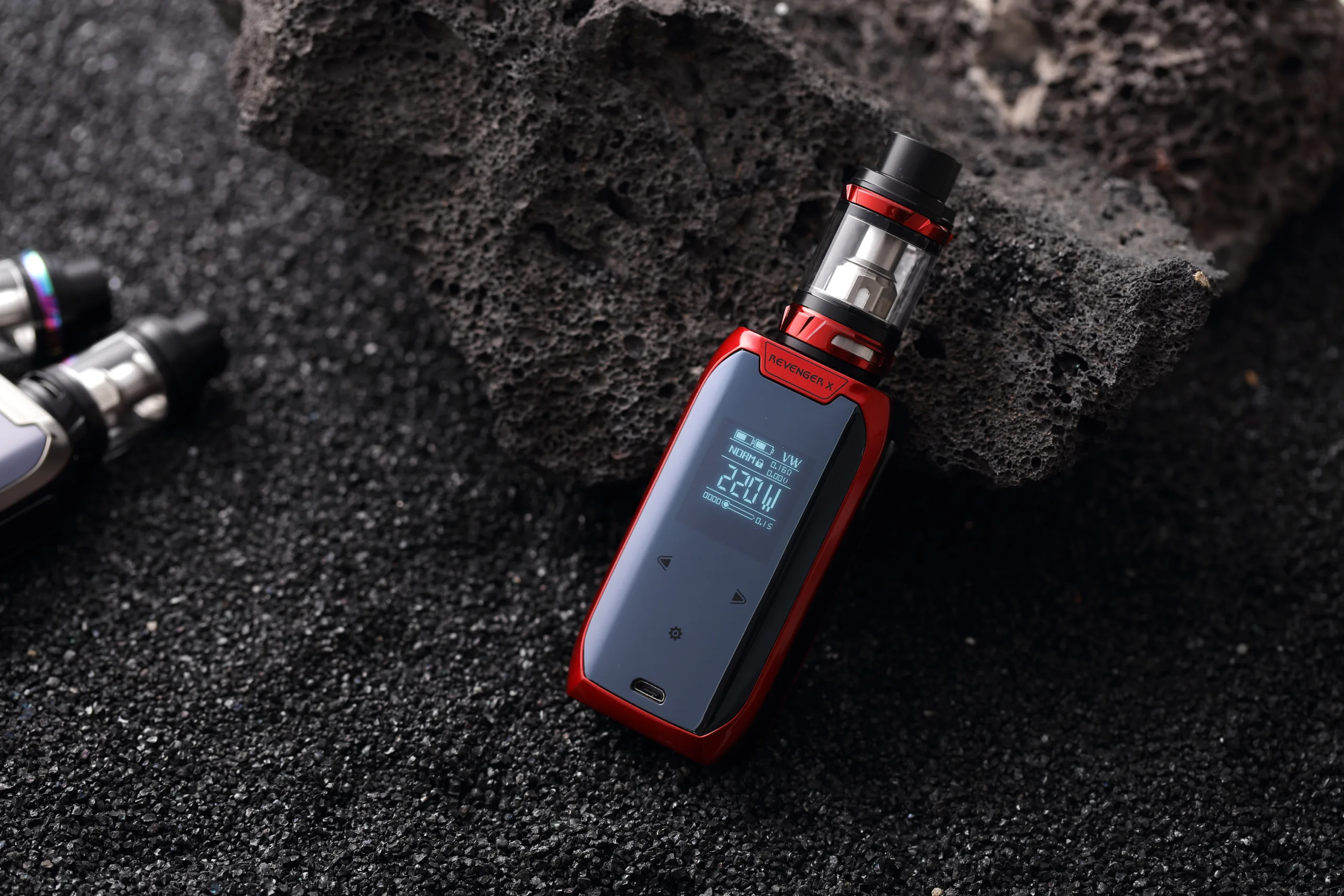Vaping getting children hooked Nicotine.

According to new studies, e-cigarettes are causing nicotine addiction in children as young as eleven. With some school-age users vaping within five minutes of waking up, scientists claim that they are more addicted than the real thing.
This is currently higher than peers who use other tobacco products or regular cigarettes. The phenomena has been attributed to “nicotine salts,” or “protonated nicotine,” a smoother, more palatable form of the substance.
“The changes found in this survey may represent the higher amounts of nicotine administration and addiction liability,” said corresponding author Professor Jonathan Winickoff. According to a shocking federal report released last month, 2.6 million US kids are addicted to e-cigarettes.
Prof. Winickoff of the Massachusetts General Hospital for Children in Boston said that protonated nicotine used in modern e-cigarettes makes nicotine easier to inhale. More than 151,000 students in sixth through twelfth grade who were followed between 2014 and 2021 formed the basis of the findings reported in the journal JAMA Network Open.
Age at commencement of e-cigarette usage reduced, whereas intensity of use and addiction increased, according to Prof. Winickoff. By 2019, more people who use e-cigarettes within the first five minutes after waking up than those who use cigarettes and all other tobacco products combined.
Stronger regulation is required, including complete prohibitions on the sale of flavouring tobacco products. “Clinicians need to be ready to handle juvenile addiction to these new extremely addictive nicotine products throughout numerous clinical visits.”
The Centers for Disease Control and Prevention reported in October that use among middle- or high-school pupils had increased by 500,000 (24%). The most widely used (55%) were throwaway items with extreme strength, such as Elf bars. 85 percent of kids had tried flavoured e-cigarettes.
They frequently come in a variety of colours, kid-friendly names, and flavours like bubble-gum, jelly babies, and strawberry milkshake, and are marketed in glitzy displays. Early e-cigarettes did not deliver nicotine as effectively as cigarettes did because they provided freebase nicotine, which was difficult to inhale, according to Prof. Winickoff.
The introduction of Juul products in 2015, which added benzoic acid to the nicotine e-liquid to reduce acidity and create protonated nicotin, caused a change in the scenario.
The San Francisco start-up that created the popular gadgets discovered that the adjustment was more effective in grabbing customers’ attention right away. They have attracted a lot of teenagers who are at little risk of starting to use nicotine from cigarettes, reversing the long-term reduction in US youth tobacco usage.
Prof. Winickoff stated: “Despite the pandemic causing social isolation, student absences, and a higher risk of Covid infection in teenagers and young adults due to e-cigarette usage, intensity continued to climb.
As a result of adolescent depression, anxiety, tic disorders, and suicidality, there may be an increase in the use of nicotine as a form of self-medication. It follows that abatement programmes will need to be strengthened in order to address the nicotine addiction in those adolescents who missed a year of interaction with adults who may have otherwise assisted them in receiving treatment because of the pandemic.
Clinicians should inquire about the use of nicotine and tobacco products, including e-cigarettes and other novel nicotine products, from all of their patients.
Since the majority of teenagers who vape have never smoked before, it has become a doorway for them to develop a nicotine addiction. According to Prof. Winickoff, tobacco addiction is a chronic condition.
Ref: https://www.grimsbytelegraph.co.uk/vaping-getting-children-hooked-nicotine-7791686
If you are facing any of the issues discussed in this article, please do not hesitate to contact us, and we will do our best to help you.

